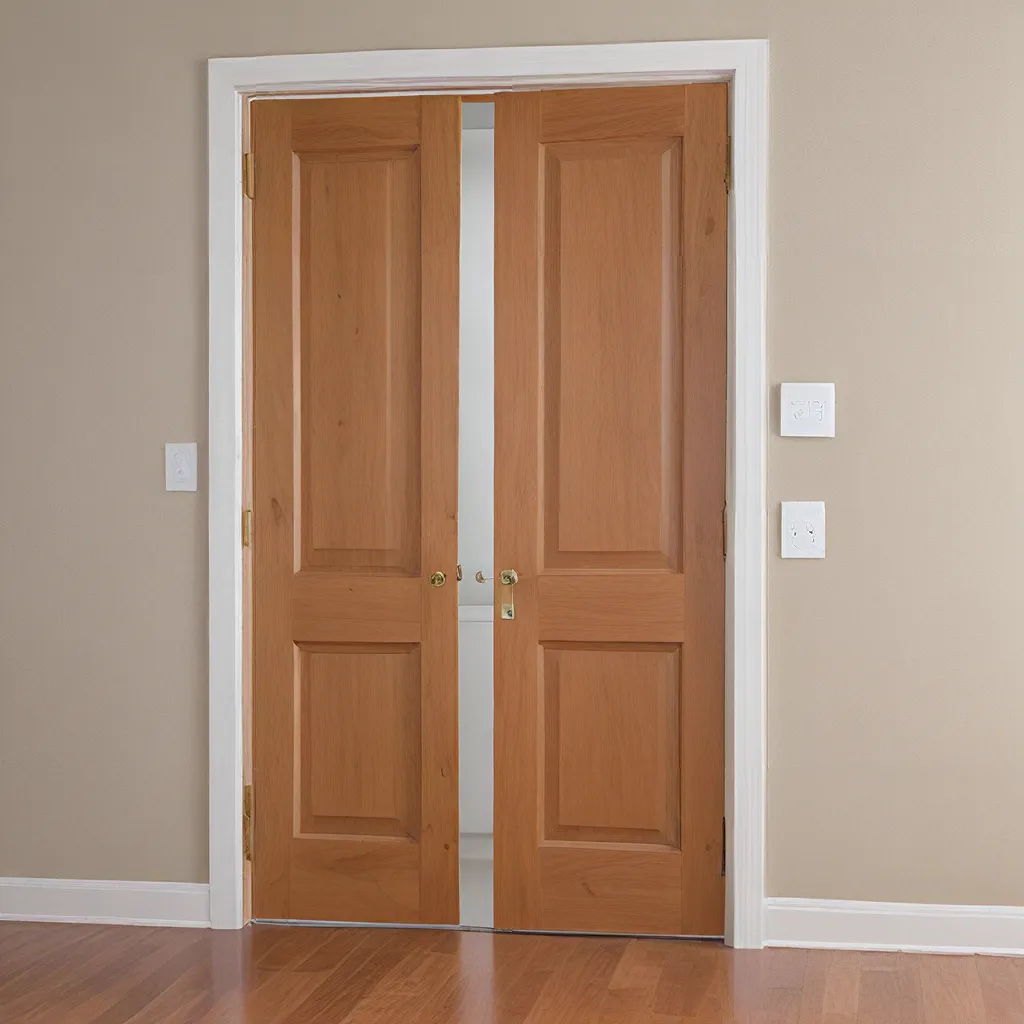
As homeowners and business owners increasingly prioritize indoor air quality, the role of doors in promoting healthy air circulation has become a crucial consideration. Proper door ventilation can significantly impact the overall comfort, energy efficiency, and well-being of a building’s occupants. In this comprehensive guide, we’ll explore the science behind door ventilation, the benefits of optimizing it, and practical tips for homeowners and property managers to enhance their indoor air quality.
Understanding the Importance of Door Ventilation
Doors play a vital role in regulating the flow of air within a building. Proper ventilation through doors helps remove indoor air pollutants, maintain comfortable temperatures, and prevent the buildup of stale, unhealthy air. When doors are strategically positioned and designed, they can facilitate the exchange of fresh outdoor air with the indoor environment, resulting in improved indoor air quality (IAQ).
According to the Environmental Protection Agency (EPA), there are several key strategies for improving indoor air quality, and door ventilation is a crucial component. By eliminating individual sources of pollution, reducing their emissions, and increasing the amount of outdoor air coming indoors, homeowners and property managers can create a healthier, more comfortable living or working environment.
Factors Affecting Door Ventilation
Several factors can influence the effectiveness of door ventilation, including:
-
Door Design: The size, shape, and construction materials of a door can impact its ability to facilitate air movement. Energy-efficient doors with proper sealing and insulation can help control the exchange of air between indoors and outdoors.
-
Placement and Orientation: The strategic placement of doors, as well as their orientation relative to windows, can optimize natural ventilation and air circulation within a building.
-
Mechanical Ventilation Systems: Advanced HVAC systems that incorporate mechanical ventilation features, such as heat recovery ventilators, can further enhance the efficiency of door ventilation by actively bringing in fresh outdoor air.
-
Outdoor Air Quality: In some cases, the quality of the outdoor air can impact the effectiveness of door ventilation. If there are nearby sources of air pollution, such as smoke or industrial emissions, it may be necessary to carefully evaluate the use of door ventilation to avoid introducing these contaminants indoors.
Benefits of Optimizing Door Ventilation
By focusing on door ventilation, homeowners and property managers can unlock a range of benefits that contribute to the overall well-being of building occupants:
-
Improved Indoor Air Quality: Proper door ventilation helps dilute and remove indoor air pollutants, such as volatile organic compounds (VOCs), particulate matter, and carbon dioxide, leading to a healthier indoor environment.
-
Enhanced Thermal Comfort: Effective door ventilation can assist in regulating indoor temperatures by facilitating the exchange of warm and cool air, making the living or working space more comfortable.
-
Energy Efficiency: Strategic door ventilation, combined with energy-efficient door designs, can help reduce the energy demands of heating and cooling systems, ultimately leading to cost savings for building owners.
-
Reduced Risk of Respiratory Illnesses: Studies have shown that enhanced bedroom ventilation is linked to improved respiratory health, potentially mitigating the spread of airborne illnesses, such as the common cold or influenza.
-
Compliance with Building Codes and Standards: Proper door ventilation is often required by building codes and regulations, ensuring that properties meet safety and health standards.
Practical Tips for Optimizing Door Ventilation
To help homeowners and property managers maximize the benefits of door ventilation, here are some practical tips to consider:
-
Inspect and Maintain Doors: Regularly inspect doors for proper sealing, weatherstripping, and insulation to ensure they are functioning efficiently. Replace or repair any compromised components to maintain optimal air exchange.
-
Strategically Position Doors: Arrange the placement and orientation of doors to promote cross-ventilation and airflow throughout the building. Consider the location of windows, vents, and other potential air entry/exit points.
-
Incorporate Mechanical Ventilation: Explore the installation of HVAC systems with mechanical ventilation features, such as heat recovery ventilators, to actively bring in fresh outdoor air and improve overall indoor air quality.
-
Monitor Outdoor Air Quality: If you live in an area with known outdoor air pollution sources, be mindful of when to utilize door ventilation to avoid introducing these contaminants indoors. Consider alternative ventilation strategies, such as air filtration, in such cases.
-
Educate Occupants: Inform building occupants about the importance of door ventilation and encourage them to open doors and windows when appropriate to promote air circulation and indoor air quality.
-
Consult with Professionals: For more complex door ventilation challenges or if you’re considering a major renovation or new construction project, it’s recommended to consult with door installation and repair experts who can provide guidance on optimizing your building’s air circulation.
By implementing these practical tips, homeowners and property managers can enhance door ventilation, improve indoor air quality, and create a healthier, more comfortable living or working environment for all occupants.
Conclusion
Optimizing door ventilation is a crucial and often overlooked aspect of maintaining indoor air quality. By understanding the factors that influence air circulation, implementing strategic ventilation strategies, and working with door repair and installation professionals, homeowners and property managers can elevate the comfort, energy efficiency, and overall well-being of their buildings.
Remember, MW Door Service is here to assist you with all your door-related needs, from expert installation to top-notch repair and maintenance. Contact us today to learn more about how we can help you optimize your door ventilation and improve your indoor air quality.


